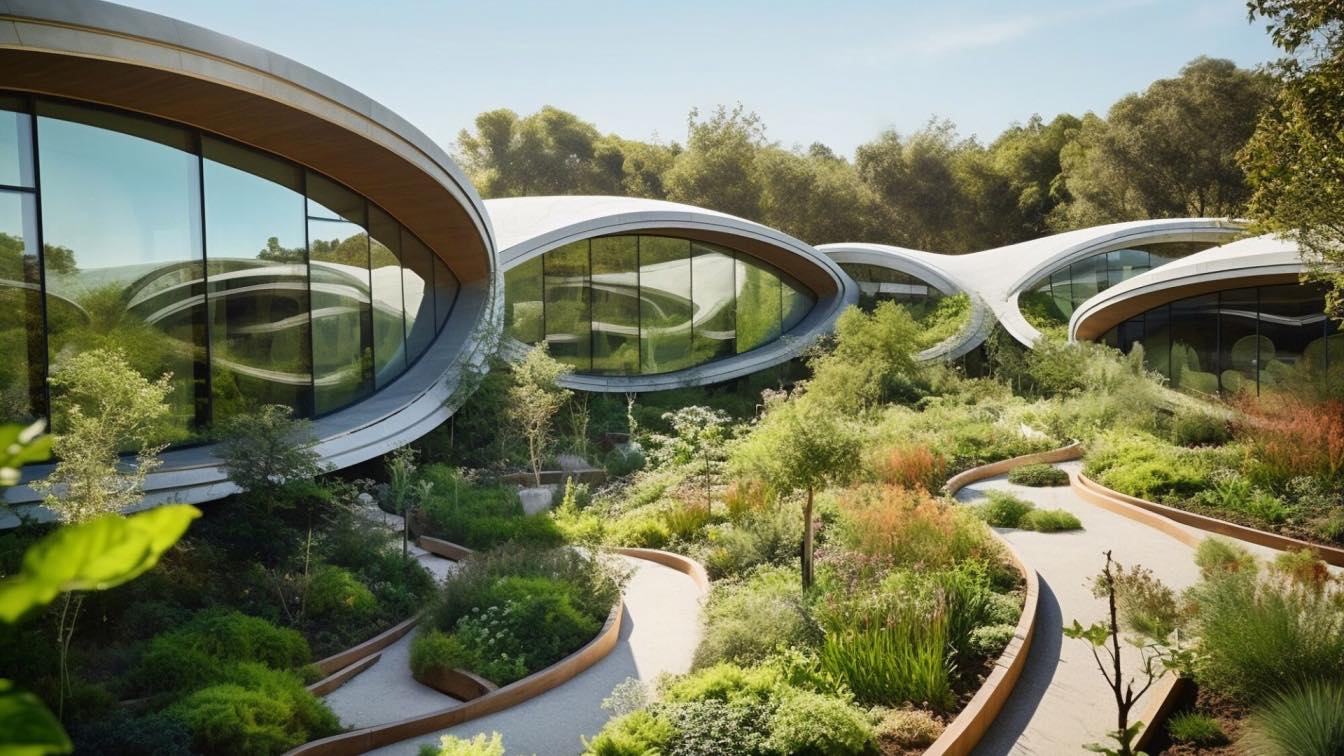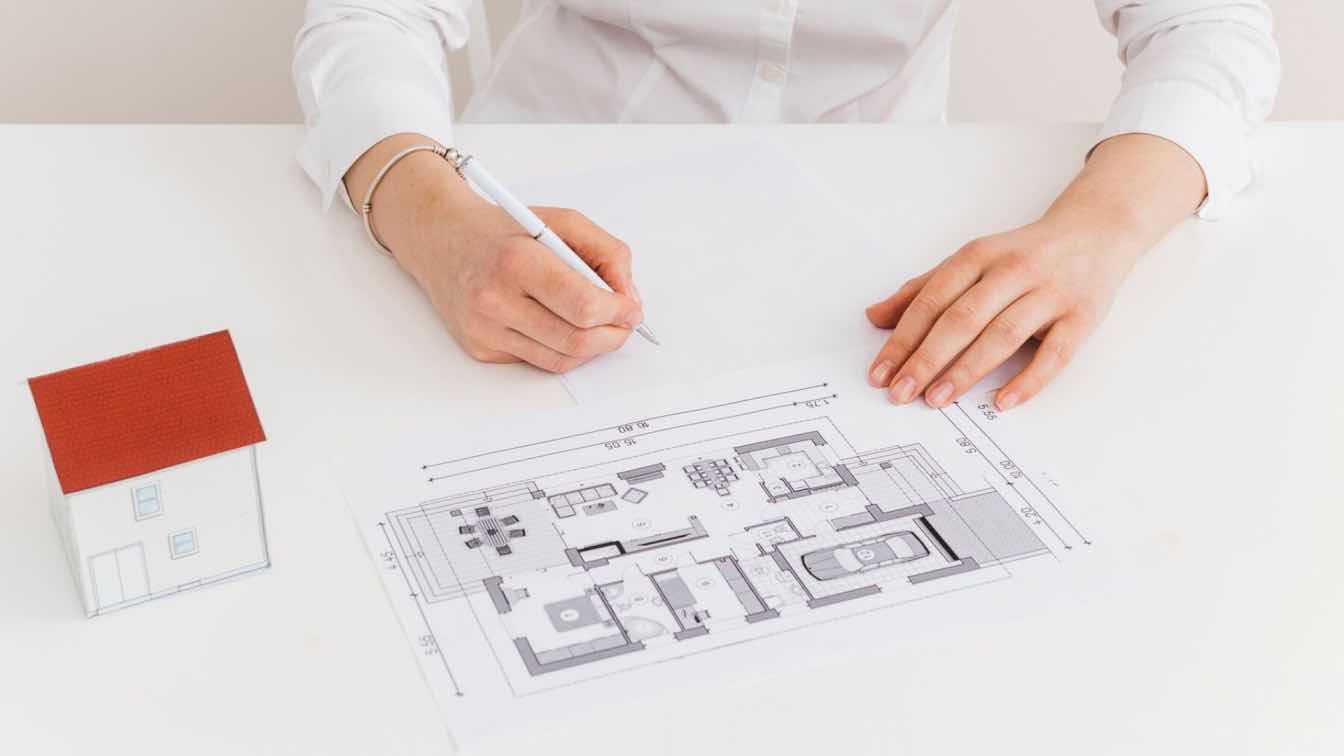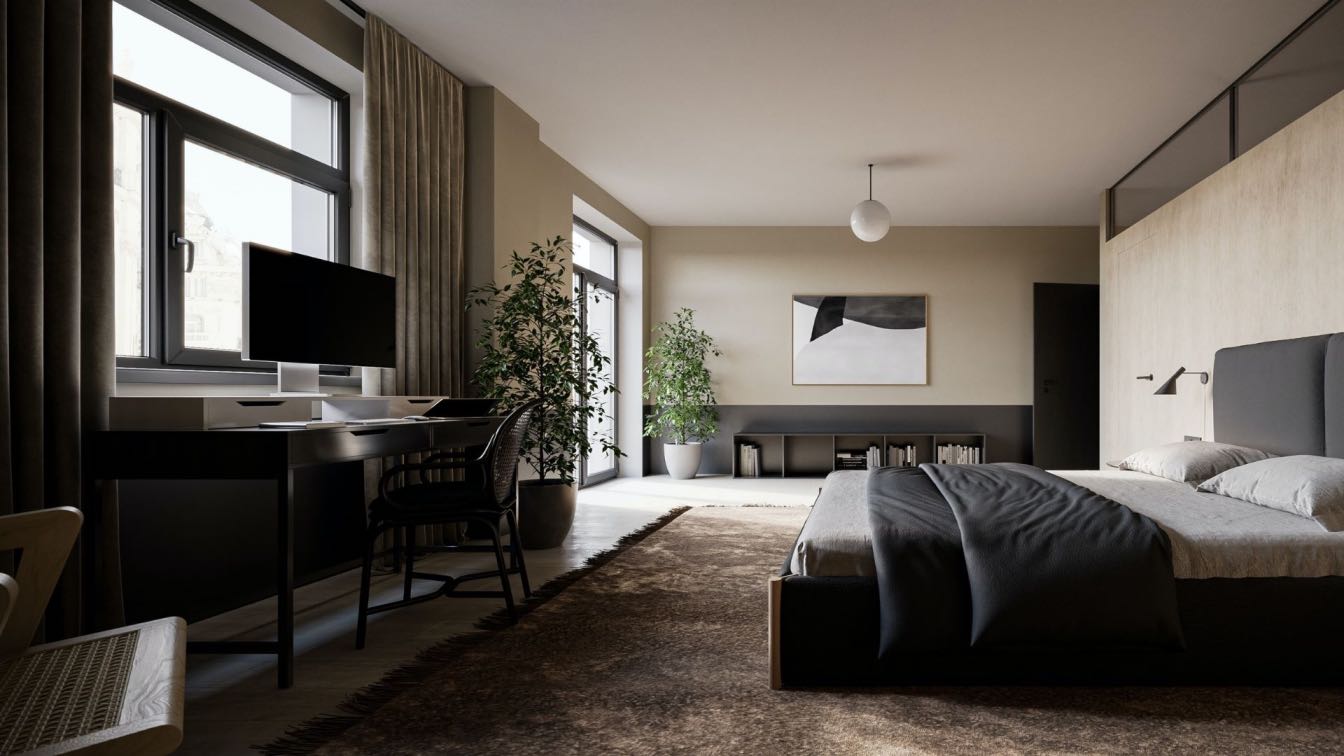Green architecture is a concept of designing and constructing buildings that are environmentally responsible and resource-efficient throughout their life cycle. It involves the use of renewable resources such as solar energy, water conservation and responsibly sourced materials to reduce the carbon footprint of a structure while creating eco-friendly designs. In this article, we will explore how green architecture can help you cut your energy bills and enhance your property value, as well as some examples of innovative green buildings around the world. If you are interested in learning more about how to save money and energy with green architecture, you can visit britishbusinessenergy.co.uk for more details or if you want to learn more.
How Green Architecture Can Cut Your Energy Bills
One of the main benefits of green architecture is that it can help you save money on your energy bills by reducing your dependence on traditional heating and cooling systems. By incorporating passive solar design, thermal mass materials, natural ventilation, insulation, and energy-efficient appliances, you can create a comfortable indoor environment that requires minimal or no external energy input. For instance, passive solar design involves positioning windows, walls, and other elements of the home so that they are exposed to direct sunlight during certain times of the day, allowing for natural light and warmth to enter the home without requiring any additional energy input from a traditional HVAC system. Thermal mass materials such as concrete floors or walls can absorb warmth during sunny days and provide insulation that prevents heat loss during cold nights. Natural ventilation can improve air quality and reduce the need for mechanical fans or air conditioners by allowing fresh air to circulate through the building. Insulation can prevent heat transfer between the interior and exterior of the building, keeping it warm in winter and cool in summer. Energy-efficient appliances such as LED lights, low-flow faucets, and smart thermostats can reduce electricity and water consumption by using less power or water than conventional devices.
According to a report by the Natural Resources Defense Council (NRDC), commercial properties with well-designed green infrastructure can reap the rewards of lower energy costs, reduced life-cycle and maintenance costs, and reduced water bills. The report also states that green buildings can save up to 30% on energy use compared to conventional buildings. Similarly, a study by PlanRadar found that green homes can save up to 60% on heating costs and 25% on cooling costs compared to standard homes.
How Green Architecture Can Enhance Your Property Value
Another benefit of green architecture is that it can enhance your property value by making it more attractive, durable, and marketable. Green buildings can appeal to potential buyers or tenants who are looking for eco-friendly, healthy, and comfortable spaces to live or work in. By incorporating green features such as solar panels, rainwater harvesting systems, green roofs, or gardens, you can increase the aesthetic appeal and functionality of your property while also providing environmental benefits such as reducing greenhouse gas emissions, improving stormwater management, and enhancing biodiversity. Green buildings can also increase the durability and resilience of your property by using high-quality materials that are resistant to fire, water, pests, and weather damage. Moreover, green buildings can increase the marketability and profitability of your property by attracting premium rents or prices, increasing occupancy rates or sales speed, and qualifying for local financial incentives such as tax credits, rebates, or stormwater fee credits.
According to a report by EY, green buildings can have a positive impact on property values by increasing rental income, capital appreciation, tenant retention, and tenant satisfaction. The report also states that green buildings can command up to 10% higher rents and 31% higher sale prices than conventional buildings. Similarly, a study by Green Business Bureau found that eco-friendly homes can increase their value by up to 9% compared to standard homes.
Green architecture is a concept of designing and constructing buildings that are environmentally responsible and resource-efficient throughout their life cycle. It involves the use of renewable resources such as solar energy, water conservation and responsibly sourced materials to reduce the carbon footprint of a structure while creating eco-friendly designs. By adopting green architecture principles, you can enjoy the benefits of lower energy bills and higher property value while also contributing to a more sustainable future.





